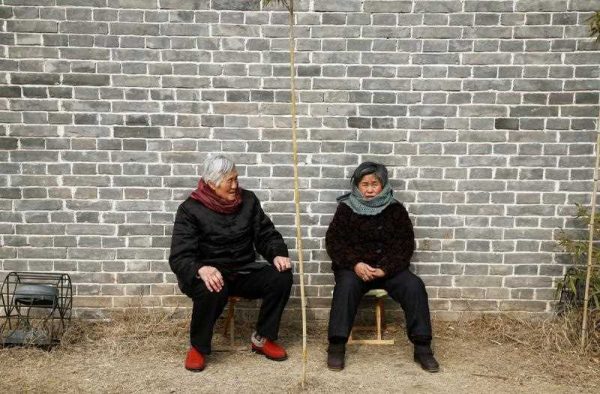In the 1990s, the suicide rate in China was substantially higher in rural areas and among the elderly. The imbalance in medical services and social welfare between urban and rural areas has put older residents in the countryside at greater risk. Although mental illness plays a relatively small role in suicides in China, psychiatric help and related support services are insufficient. The improvement in rural health care services as well as better controls on the sale of pesticides, which many rural people have used to take their own lives, have contributed to the decline in the suicide rate.
Chinese women were also more likely than men to commit suicide throughout the 1990s. This was in clear contrast to the situation in Western countries such as Australia where for every female suicide there were four male suicides. The relatively high rate of suicide among Chinese women has been attributed to their low social status and limited opportunities, especially in the countryside. Urbanisation and economic growth over the past decade have greatly decreased gender inequality, creating more education and employment opportunities for women.
An increasing number of rural women are migrating to cities in search of a better livelihood. These women commonly send remittances back to rural areas, and thereby help to improve rural living conditions. For some women, relocation from rural to urban areas also provides an escape route from familial obligations and undesired marriage proposals.
But simply improving China’s GDP may not be enough to guarantee a continued drop in the suicide rate.
There are many areas in China which have not benefited from the country’s economic development. The people living in these areas are still very much deprived of goods and opportunities. Youths’ resilience to hardship is also rather low due to ‘overprotection’ arising from the one-child policy. The growing disparity between the rich and the poor is another cause for worry. Economic and political uncertainty has further caused considerable anxiety among Chinese people.
The declining rate of suicide in China could reverse in the next decade because of social stress associated with the slowdown in economic growth, rapid ageing of the population, income inequality and social instability. Risks associated with urbanisation are likely to emerge during the next decade and could lead to a weakening of ties with family, friends, institutions and local communities. It is important to prepare in advance to meet these challenges.
The Chinese government should develop responsive and people-oriented social policies. The availability and affordability of psychiatric services, as well as public awareness surrounding depression and suicide prevention, should be improved. It is also vital to develop working environments that are more conducive to good mental health. And specific programs should be developed to help vulnerable groups, such as single parents and the unemployed.
The Chinese government must take measures to ensure that economic development benefits all people rather than a select few. Improved transparency and accountability are urgently needed to redress public grievances. Sustained efforts are necessary to maintain the downward trend in suicide rates. One suicide is too many.
Paul Yip is the director of the Centre for Suicide Research and Prevention at the University of Hong Kong.

